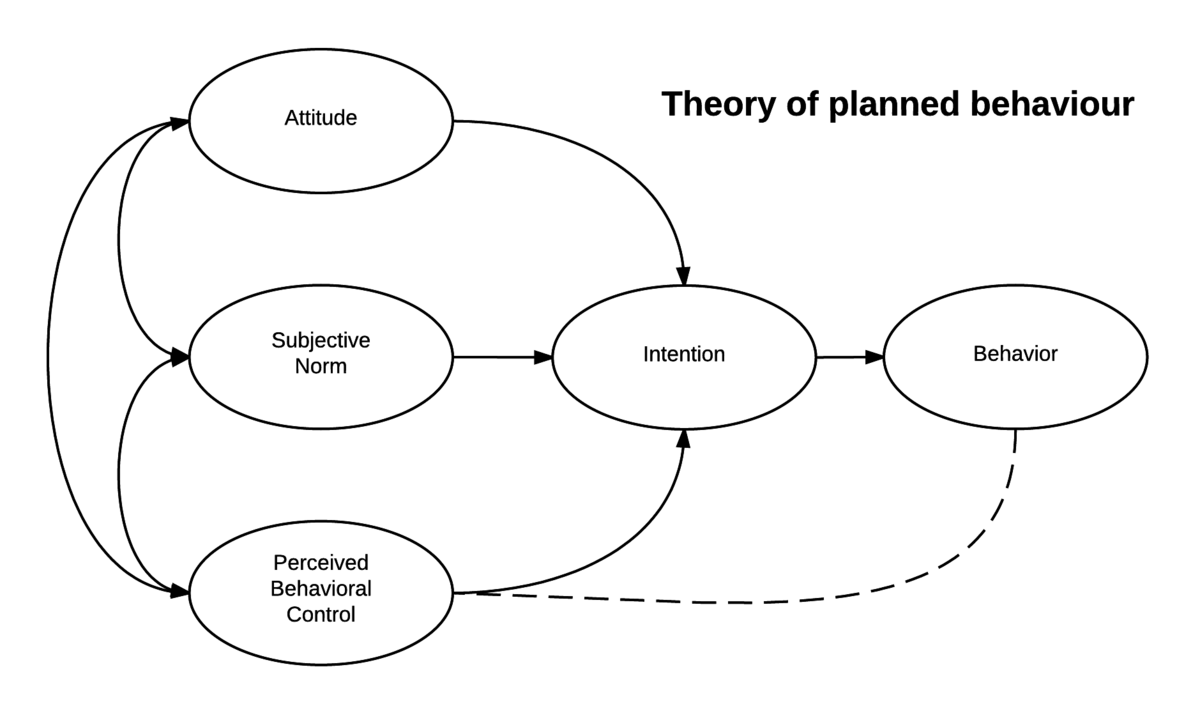Health Belief Modellen

Health belief model vs transtheoretical model både health belief model och transtheroretical model fungerar för att beskriva beteende förändring och utforma interventioner.
Health belief modellen. Perceived susceptibility perceived severity perceived benefits and perceived barriers are the four terms that help construct the hbm. Key elements of the health belief model focus on individual beliefs about health conditions which predict individual health related behaviors. Particular beliefs were thought to make behaviours more or less. Båda fokuserar på individens föreställningar om värdet och utfallet av en förändring.
The health belief model hbm tries to identify how individuals think and if they will take certain healthful actions given adequate information. Therefore by changing his perception one can get him to adopt a new behaviour. The health belief model hbm is a behavioral health theory used in professional nursing practice. Tilltro till egen förmåga är en viktig komponent samt synen på att det sker.
A behavioral health theory is a combination of knowledge opinion and actions taken by an. The health belief model hbm is a social psychological health behavior change model developed to explain and predict health related behaviors particularly in regard to the uptake of health services. The relationship between health beliefs and behaviours was conceptualized primarily in terms of lewin s 1951 idea of valence. It is one of the most widely used models for understanding health behaviors.
At the most basic level the hbm is a value expectancy theory. The health belief model is a theoretical model that can be used to guide health promotion and disease prevention programs. The hbm was developed in the 1950s by social psychologists at the u s. According to the model an individual s decision to engage in a health behaviour is based on his perceptions.
The health belief model hbm is a widely used cognitive model of health behavior that was developed in the 1950s to explain the lack of participation in public health service programs responses to experienced symptoms and medical compliance. Det anvendes til at forklare menneskers deltagelse i sundhedsfremmende og sygdomsforebyggende adfærd ligesom tandplejevaner. It is used to explain and predict individual changes in health behaviors. It was originally developed in the 1950s and updated in the 1980s.
Public health service and remains one of the best known and most widely used theories in health behavior research. Behavior is dependent on 1 the subjective value placed on the outcome and 2 the expectation that an action will lead to that outcome.











